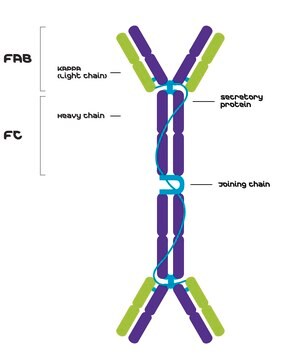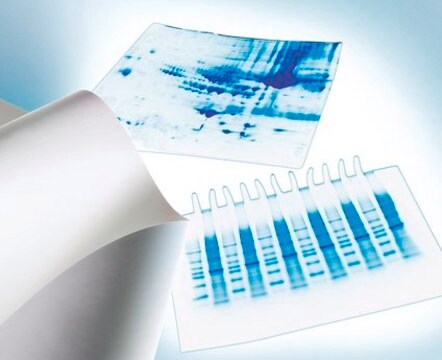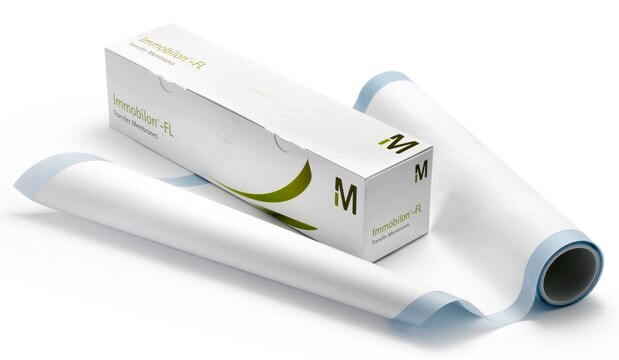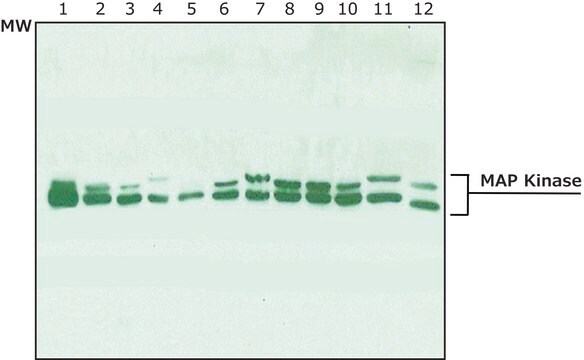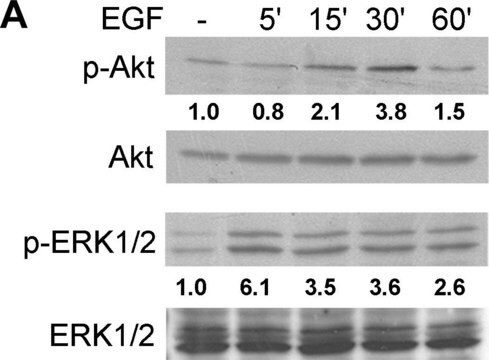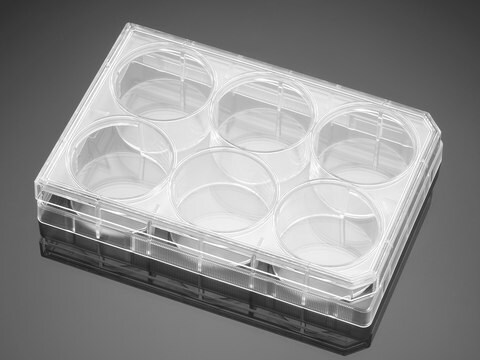MABF2084
Anti-Phosphorylcholine Antibody, clone BH8
clone BH8, from mouse
Sinonimo/i:
PC, ChoP
About This Item
Prodotti consigliati
Origine biologica
mouse
Forma dell’anticorpo
purified immunoglobulin
Tipo di anticorpo
primary antibodies
Clone
BH8, monoclonal
Reattività contro le specie (prevista in base all’omologia)
all
tecniche
ELISA: suitable
flow cytometry: suitable
immunocytochemistry: suitable
western blot: suitable
Isotipo
IgMκ
modifica post-traduzionali bersaglio
unmodified
Descrizione generale
Specificità
Immunogeno
Applicazioni
Inhibits Activity/Function Analysis: A representative lot inhibited lung-resident APC activation and diminished the infiltration of allergy-associated cells into the pulmonary parenchyma in mice. (Patel, P.S., et. al. (2015). J Immunol. 194(12):5838-50).
ELISA Analysis: A representative lot detected Phosphorylcholine in ELISA applications (Ansel, K.M., et. al. (2002). Immunity. 16(1):67-76).
Flow Cytometry Analysis: A representative lot detected Phosphorylcholine in Flow Cytometry applications (Patel, P.S., et. al. (2015). J. Immunol. 194(12):5838-50).
Immunocytochemistry Analysis: A representative lot detected Phosphorylcholine in Immunocytochemistry applications (Patel, P.S., et. al. (2015). J. Immunol. 194(12):5838-50).
Inflammation & Immunology
Qualità
Western Blotting Analysis: A 1:250 dilution of this antibody detected Phosphorylcholine-BSA conjugate.
Descrizione del bersaglio
Stato fisico
Stoccaggio e stabilità
Altre note
Esclusione di responsabilità
Non trovi il prodotto giusto?
Prova il nostro Motore di ricerca dei prodotti.
Certificati d'analisi (COA)
Cerca il Certificati d'analisi (COA) digitando il numero di lotto/batch corrispondente. I numeri di lotto o di batch sono stampati sull'etichetta dei prodotti dopo la parola ‘Lotto’ o ‘Batch’.
Possiedi già questo prodotto?
I documenti relativi ai prodotti acquistati recentemente sono disponibili nell’Archivio dei documenti.
Il team dei nostri ricercatori vanta grande esperienza in tutte le aree della ricerca quali Life Science, scienza dei materiali, sintesi chimica, cromatografia, discipline analitiche, ecc..
Contatta l'Assistenza Tecnica.
